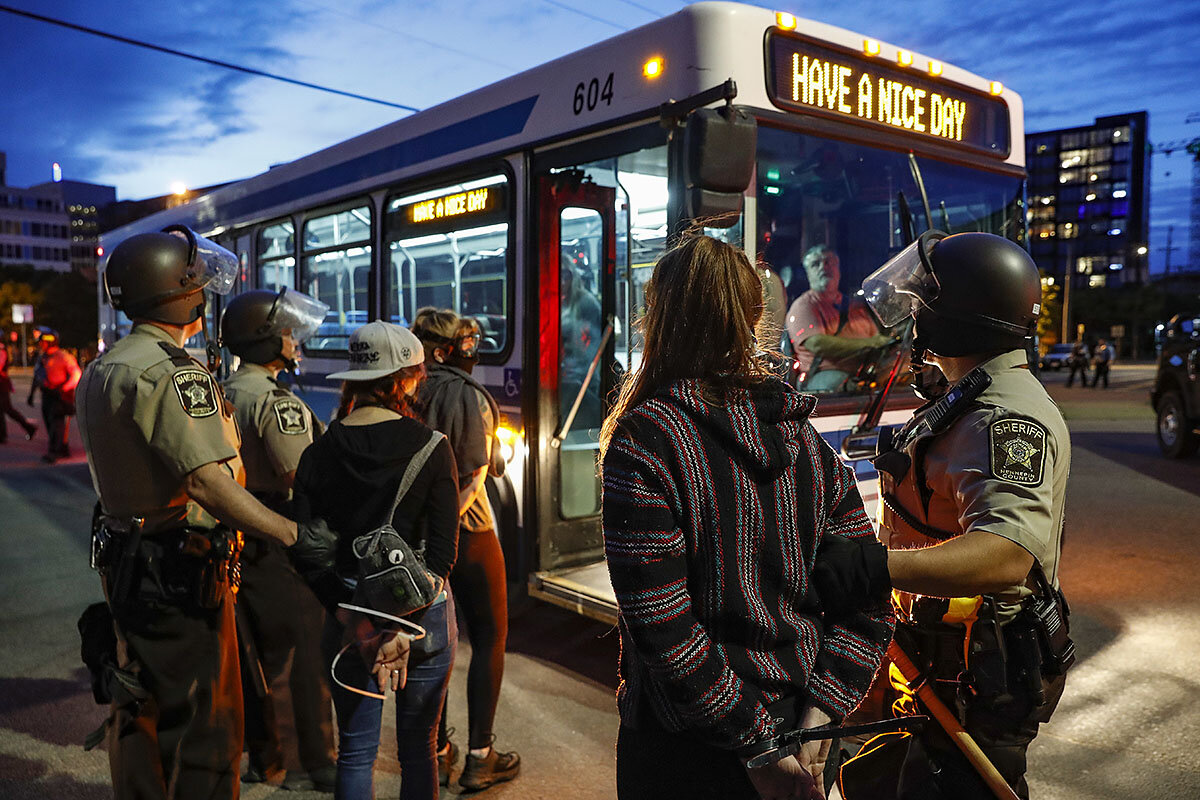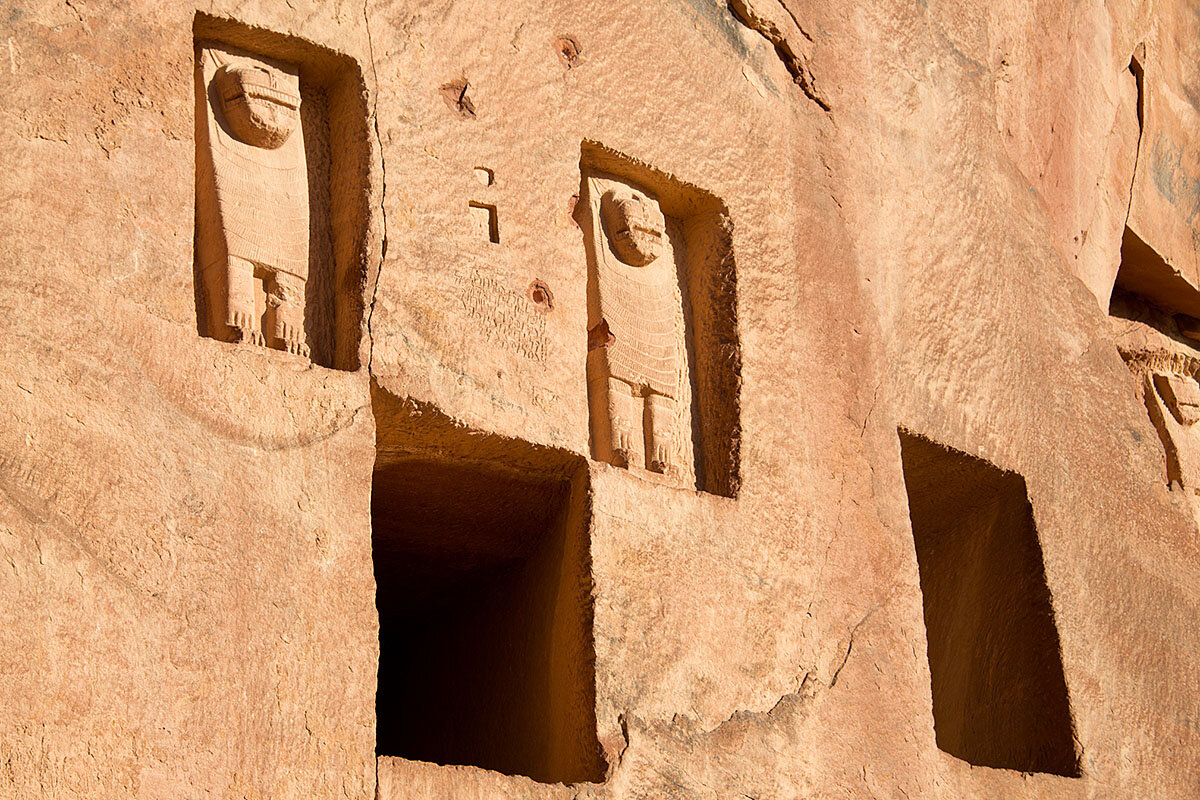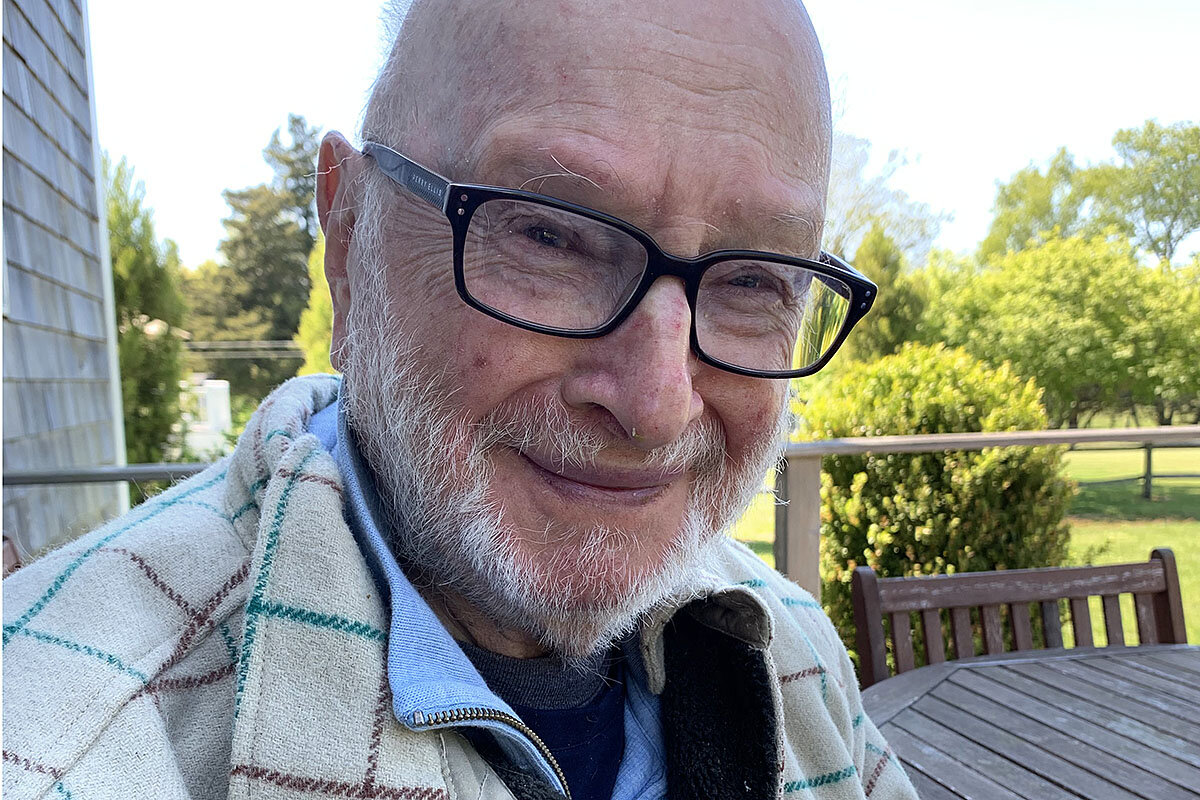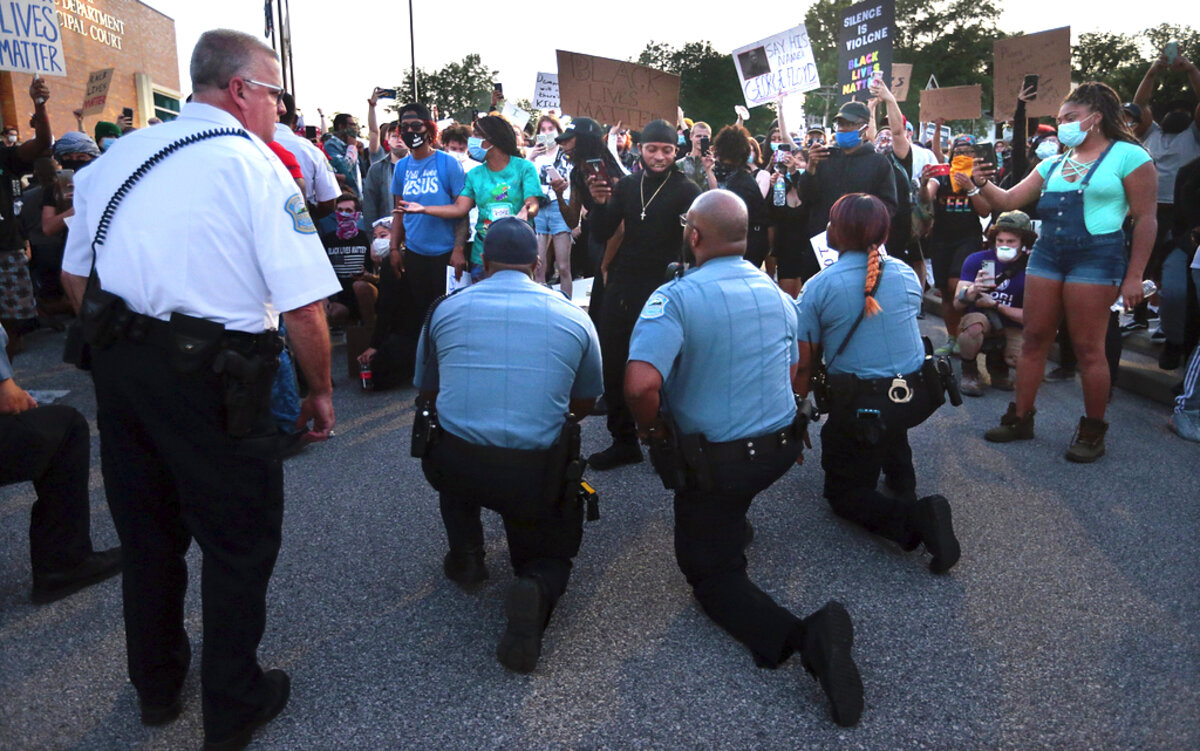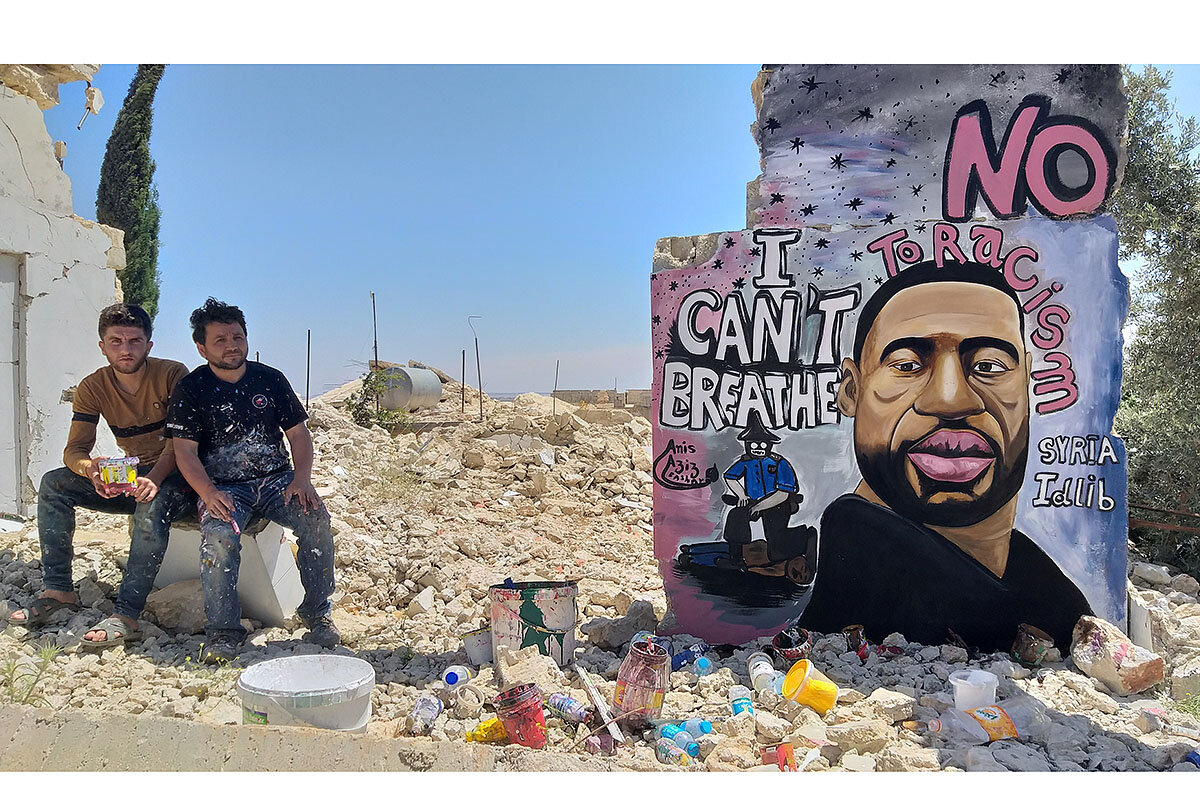Certain years loom large as icons of challenging times for America. 2020 is likely to join the roster amid a pandemic, massive protests over racially charged police killings, and deep economic stress.
Monitor Daily Podcast
- Follow us:
- Apple Podcasts
- Spotify
- RSS Feed
- Download
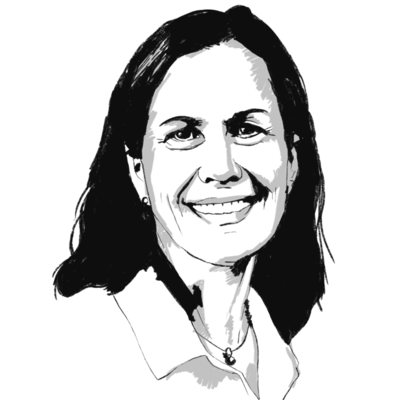 Amelia Newcomb
Amelia Newcomb
It’s another moment where the significance of powerful words and meaningful action is on full display.
Earlier this year, they eased fear and isolation as the pandemic crescendoed. Now, as Americans absorb the killing of George Floyd, an African American, as he was detained by Minneapolis police officers, they are again offering a salve. Peaceful protests have been punctuated by nights of looting and violence, as well as police brutality. But alongside those images is another narrative: of people hearing each other.
In Minneapolis, volunteers rallied Thursday to clean up from a night of looting. “This is love in action,” said resident Ming-Jinn Tong. GoFundMe efforts are helping damaged businesses. After violence broke out amid peaceful protests in Seattle Saturday, hundreds of volunteers flocked Sunday to scrub graffiti and board up broken windows. “It’s … showing each other who we really are,” said Nicolai Quezada. In Louisville, white women linked arms and stood between black protesters and police, while elsewhere in the city, Chris Williams, a black protester, linked arms with others to protect a lone officer.
Across the country, police raised their voices. In Santa Cruz, California, the chief of police took a knee alongside peaceful protesters. In Camden, New Jersey, officers joined a march against racism. Minneapolis Police Chief Medaria Arradondo, connected with the Floyd family via a CNN interview, removed his hat as he spoke of the officers present as Mr. Floyd died. “Being silent, or not intervening, to me, you’re complicit,” he said. “If there were one solitary voice that had intervened, that’s what I would have hoped for.” And in Michigan, Genesee County Sheriff Chris Swanson met protesters with officers in riot gear and carrying batons. Protesters sat; the police removed their gear. “You tell us what you need,” Mr. Swanson said. “Walk with us! Walk with us!” came the chant. And they did.




